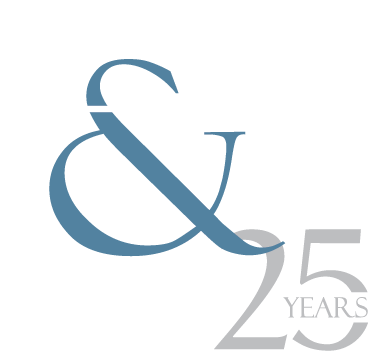When Is the Letter to Your Medical Expert Discoverable in Delaware?
The attorney-client privilege allows for confidential communication between an attorney and his or her client. A corollary privilege is the attorney work product doctrine. The work product doctrine allows for an attorney to draft correspondence, make notes, record impressions, etc., in anticipation of litigation without such materials then becoming available to an opposing party or counsel by demand. In Delaware, an instructional letter drafted by an attorney and sent to an expert in advance of a Defense Medical Evaluation is typically considered attorney work product and not subject to discovery. However, there are cases in which the Delaware Industrial Accident Board allows for the discovery of such correspondence at the request of opposing counsel.
In Peter M. Sisofo v. United Parcel Service, No. 977588 (Del. I.A.B., Mar. 3, 1993), the claimant sought to obtain a copy of the employer’s instructional letter to the employer’s medical expert. The board ruled that the expert’s report could not be “fully understood” without the employer’s letter and ordered that it be produced. The employer conceded that the claimant could have the letter but wished to withhold it until the expert’s deposition. Since this decision, claimants’ attorneys have routinely cited to Sisofo in their Requests for Production to ask for all correspondence sent by defense counsel to their experts.
In Christopher Moore v. Amazon, No. 1427678 (Del. I.A.B., Dec. 12, 2018), the employer’s medical expert issued a report on causation. The employer then sent the expert additional records and requested an updated opinion. The expert changed his opinion after reviewing the letter and updated records. The claimant requested a copy of the letter sent to the expert to investigate what caused the expert to change his opinion.
The board determined the letter had been drafted in anticipation of litigation; therefore, it was attorney work product. However, the board explained this privilege is a qualified immunity and the letter may be producible if the claimant could demonstrate: 1) there was a substantial need for the letter; and 2) the claimant could not obtain the substantial equivalent of the letter by other means without undue hardship. The board found the sole purpose of the discovery request was to uncover what evidence changed the expert’s opinion. The board ruled that such evidence was in the expert’s report – the newly reviewed medical records – and so the claimant did not need the letter itself. The board did note that to the extent “the letter might contain strategizing or legal theories . . . that sort of information is protected as work product and is not producible nor admissible as evidence.” The board denied the claimant’s request to introduce the letter.
The lessons that defense counsel and their clients can learn from these cases is to ensure instructional letters provide a map of what information and evidence we (defense counsel) consider relevant to lead the expert where to look but not be the only source of information. We may include generalized impressions and theories in the letter (e.g., the injury appears out of proportion with the mechanism of injury or this injury may be a recurrence of symptoms from a prior accident) as such writings should be privileged. However, we should be aware that the letter may ultimately be producible and take caution not to include anything in the letter we wish to keep private. We should also make certain our experts answer the questions asked. This can be accomplished by listing our questions clearly and coherently and asking for revised reports when necessary. Lastly, we should not concede to all discovery requests as doing so may waive a privilege we later seek to raise.
For more information about this article, please contact Robert S. Hunt, Jr. at 302.594.9780 or rhunt@fandpnet.com.




